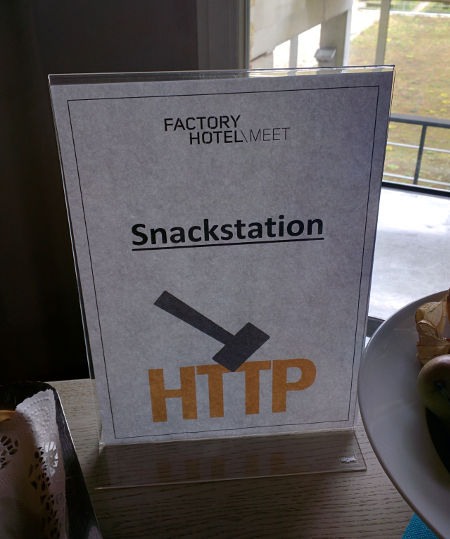Followers of this blog know that I’ve dabbled with HTTP/2 stuff for quite some time, and curl got its initial support for the new protocol version already in September 2013.
curl shipped “proper” HTTP/2 support as it looks in the final specification both for the command line tool and the libcurl library before any browsers did in their release versions. (Firefox was the first browser to ship HTTP/2 in a release version, followed by Chrome. Both did this in the beginning of 2015.)
libcurl features an option that lets the application to select HTTP version to use, and that includes HTTP/2 since back then. The command line tool got a corresponding command line option (aptly named –http2) to switch on this protocol version.
This goes hand in hand with curl’s general philosophy that it just does the basics and you have to specifically switch on more features and tell it to enable things you want to use. This conservative approach makes it very reliable protocol-wise and provides applications a very large level of control. The downside is of course that fewer people switch on certain features since they’re just not aware of them. Or as in this case with HTTP/2, it also complicates matters that only a subset of users still have a HTTP/2 tool and library since they might still run outdated versions or they may run recent versions that were built without the necessary prerequisites present (basically the nghttp2 library).
By default?
libcurl is even more conservative that the curl tool so switching default for the library isn’t really on the agenda yet. We are very careful of modifying behavior so we’re saving that for later but what about upping the curl tool a notch?
We could switch the default to use HTTP/2 as soon as the tool has the powers built-in. But for regular clear text HTTP, using the Upgrade: header has a few drawbacks. It makes the requests larger, it complicates matter somewhat that most servers don’t do upgrades on HTTP POST requests (and a few others) so there might indeed be several requests before an upgrade is actually made even on a server that supports HTTP/2 and perhaps the strongest reason: we already found servers that (wrongly, I would claim) reject requests with Upgrade: headers they don’t understand. All this taken together, Upgrade over HTTP will break too many requests that work with HTTP 1.1. And then we haven’t even considered how the breakage situation will be when using explicit or transparent proxies…
By default!
To help users with this problem of HTTP upgrades not being feasible by default, we’ve just landed a new alternative to the “set HTTP version” that only sets HTTP/2 for HTTPS requests and leaves it to HTTP/1.1 for clear text HTTP requests. This option will ship in the next release, to be called 7.47.0, and can of course be tested out before that with git or daily snapshot builds.
Setting this option is next to risk-free, as the HTTP/2 negotiation in TLS is based on one or two TLS extensions (NPN and ALPN) that both have proper fallbacks to 1.1.
Said and done. The curl tool now sets this option. Using the curl tool on a HTTPS:// URL will from now on use HTTP/2 by default as soon as both the libcurl it uses and the server it connects to support HTTP/2!
We will of course keep our eyes and ears open to see if this causes any problems. Let us know what you see!


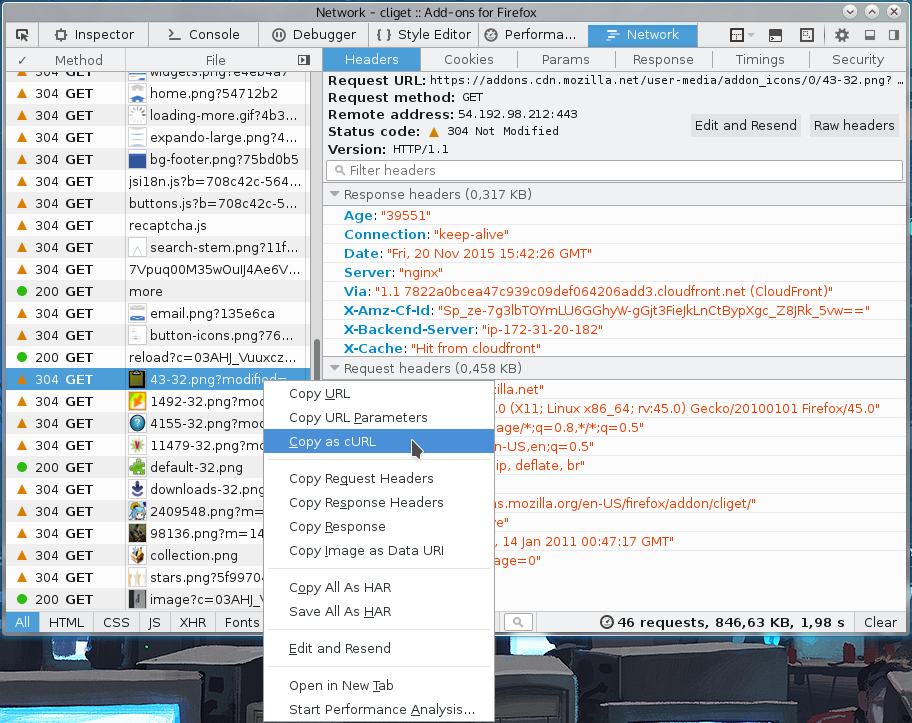
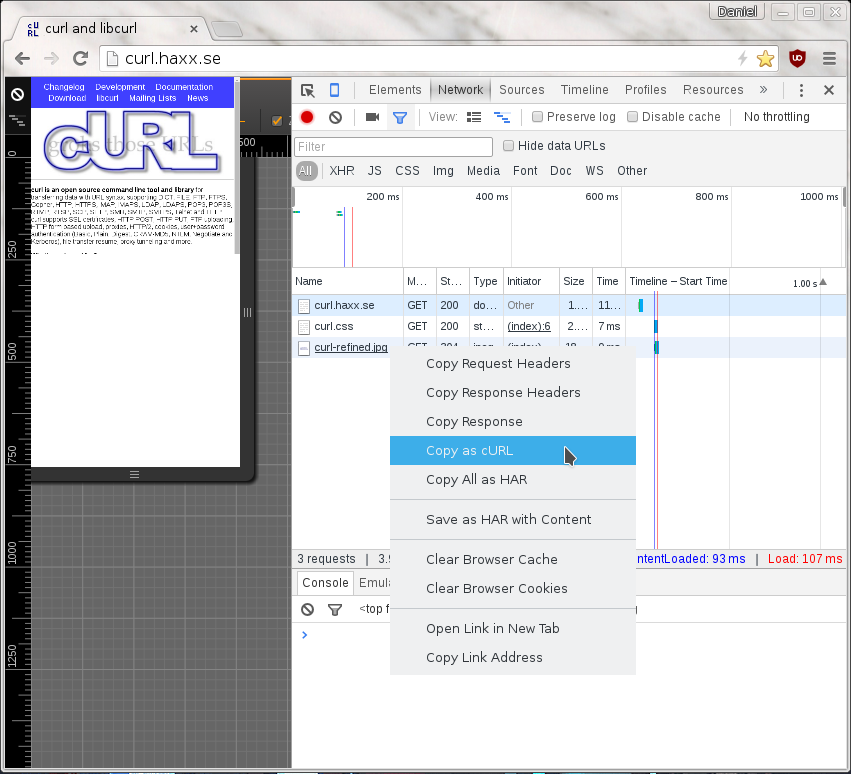
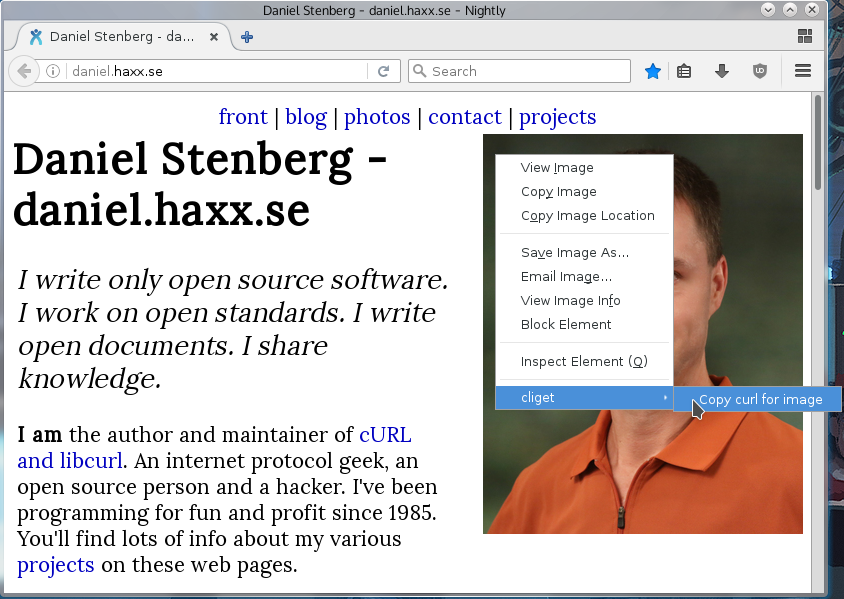

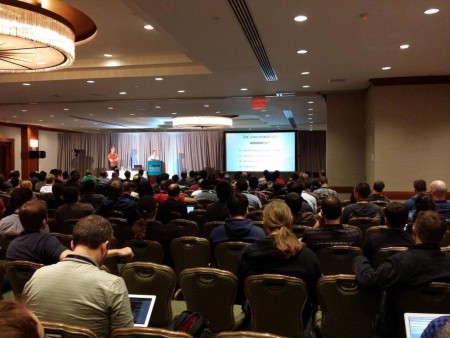
 We can’t have it like that! I rolled up my imaginary sleeves (imaginary since my swag tshirt doesn’t really have sleeves) and I now offer
We can’t have it like that! I rolled up my imaginary sleeves (imaginary since my swag tshirt doesn’t really have sleeves) and I now offer 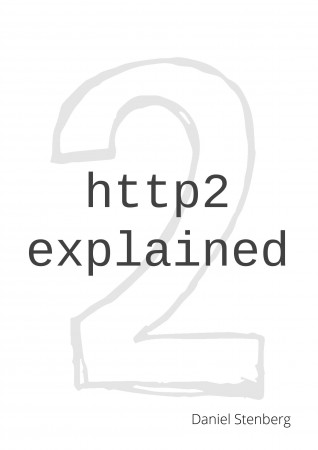

 hile I’m talking to a CDN operator, I figured I should poll their view on HTTPS going forward! Will the fact that all browsers only support h2 over HTTPS push more of your customers and your traffic in general over to HTTP, you think?
hile I’m talking to a CDN operator, I figured I should poll their view on HTTPS going forward! Will the fact that all browsers only support h2 over HTTPS push more of your customers and your traffic in general over to HTTP, you think?

